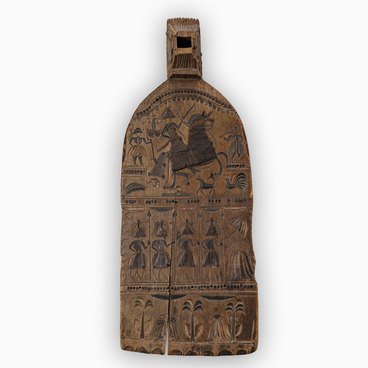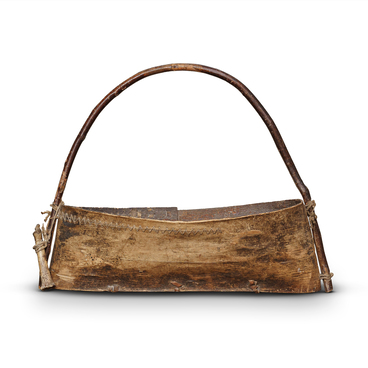There were various dishes on the peasant’s table, but the place of honor was given to the salt cellar. In ancient times, a salt cellar was a wooden vessel for storing and serving salt. There were many Russian words for a salt cellar: berestyonka (made of birch bark), duplyonka (hollowed out), kolodchik (made of a short log), kubyshka (in the shape of a cube), kutka (dug out), korenushka (made of root), solilo (used for salting), chukhar (in the shape of a grouse) and others.
The attitude towards the salt cellar was always respectful. It was regarded as a family heirloom. People would never sell their family salt cellars. A full salt cellar was compared to a home full of happiness and prosperity.
Salt and salt cellars were used in ceremonies, especially in wedding rituals. The salt container, along with other items, was part of the woman’s dowry and was considered her property.
Certain rules of dining etiquette and various superstitions have also been associated with the use of the salt cellar. For instance, Russian people believe that spilling salt will lead to quarrels. During festivities, a plate with bread and a salt cellar are always present on the table.
Wooden salt cellars were made in various shapes, depending on local traditions: they were carved, made with axes and knives from birch, spruce and pine, or woven from roots and birch bark.
There were salt cellars made in the form of a waterfowl with a duck’s head. They were called duck (utitsa or utka in Russian) or chicken (kuritsa) salt cellars. Duck salt cellars were beautiful sculptures made of wood, each with its own shape, original modeling techniques, and its own character.
In Slavic pagan mythology, the sun god Dazhbog crossed the sea-ocean twice a day on a boat pulled by swans, ducks and geese. So, the Russians created charms and amulets in the shape of a duck. The duck was perceived as a symbol of family happiness and well-being.
A duck salt cellar was made as follows: first, a billet of birch, pine or spruce was cut down using simple tools — an ax and a knife. Then the carving process began, combined with chiseling. Finally, the item was decorated depending on the local tradition. The handle was the tail or head of the bird.
The back of the duck salt cellar presented in the Russian Heritage Museum is cut out and forms a sliding lid with four semicircular slotted projections on the outside. And so that the lid does not get lost and is always at hand, it is fixed to the duck salt cellar by the master with a special wooden pin on the tail. There are traces of dyes on the salt cellar.




